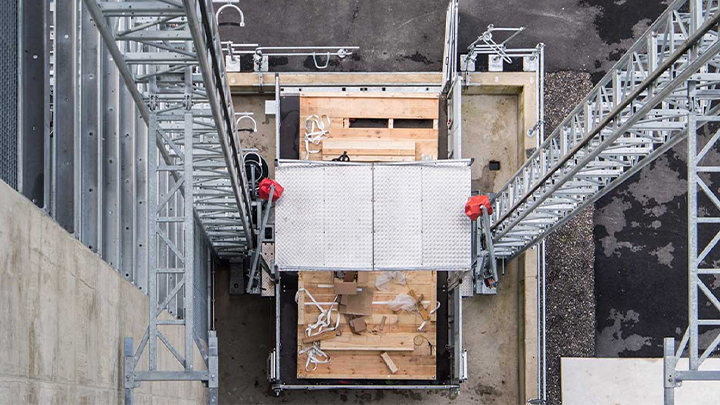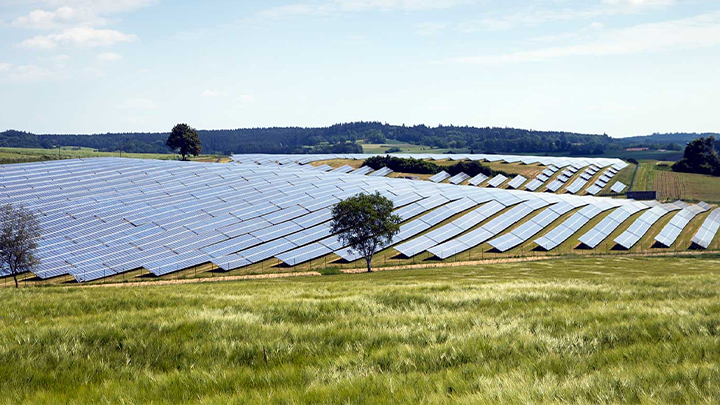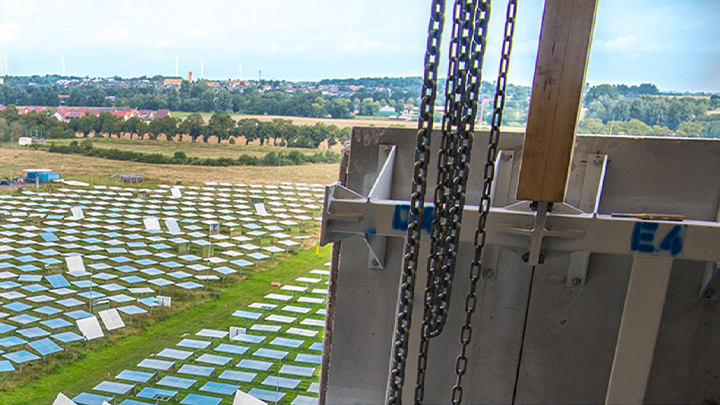Molten salt energy storage with superior time flexibility
The main renewable energy sources – wind and solar – vary in output both during the day and over the seasons. Long-duration energy storage can compensate for these fluctuations by keeping surplus energy for when the grid needs it. That is why MAN Energy Solutions has developed the molten salt energy storage system, or MOSAS.
MAN MOSAS – shaping the future of renewable energy
Molten salt energy storage is an economical, highly flexible solution that provides long-duration storage for a wide range of power generation applications.
MAN MOSAS uses renewable energy to heat liquid salt to 565 °C. It is then stored until needed. Electricity is generated by using the heat to produce steam that drives a turbine. MAN MOSAS can deliver full rated output for up to 24 hours. Optional fuel heaters can be used to raise the temperature of the salt and provide continuous power at times when renewable energy is not available.
Find out more in our new white paper
Download the new white paper
To deliver its full environmental benefits, generate economic profit, and guarantee grid stability, renewable power requires long-duration energy storage. Find out how MAN MOSAS can help you on your way to zero-carbon energy generation.
Functionality
Molten salt meets solar power in Jülich, Germany

In 2020, the German Aerospace Center commissioned MAN Energy Solutions to build a molten salt storage system for its solar research facility in Jülich, Germany. The system heats the salt to 565 °C. The salt is then fed into a hot storage tank where it can be kept for several days. When needed, the thermal energy is turned into electricity by means of a steam turbine. During this process, the salt is cooled to around 290 °C and is then available for further storage processes in the cold storage tank.
Benefits
Greater reliability for renewables

Renewable sources already supply almost 50% of the German electricity mix and are set to rise to at least 65% by 2030. Storage solutions will therefore play an increasingly central role in ensuring a reliable and efficient energy supply. Molten-salt circuits already have large storage capacities and can store energy from renewable energy sources for a particularly long time and at low cost.
Goals
Improving the process of generating and storing solar energy at very high temperatures

The German Aerospace Center’s Institute for Solar Research wants to analyze how liquid salts behave at even higher temperatures. Their goal is to raise the salt temperature to 600°C. In doing so, they are striving to further increase efficiency and also reduce the cost of electricity production. The findings at the pilot plant can be scaled up to an industrial level for use on large, solar-thermal power plants.
Continue Reading
Explore more topics
MAN Energy Solutions is now Everllence.
We have adopted a new brand name and moved to a new domain: www.everllence.com. This page will also be relocated there shortly. We are working on shifting all pages to www.everllence.com.
